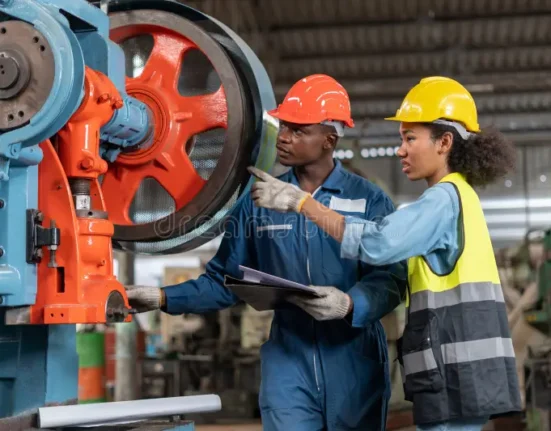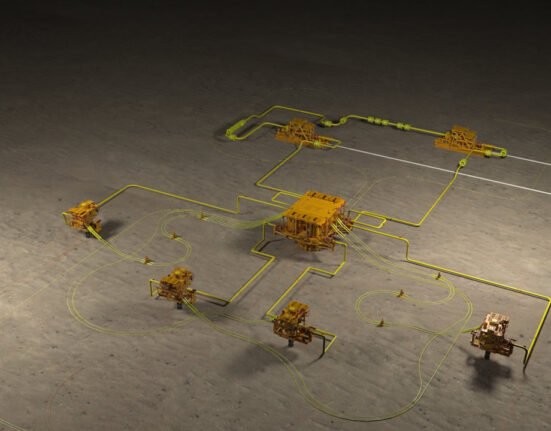The aerospace industry is currently facing an acute talent shortage, with a growing gap between the demand for skilled professionals and the available workforce. This shortfall is being driven by several factors, including an aging workforce, a lack of new graduates entering the field, increased competition from other industries, and rapid technological advancements. If left unaddressed, the talent gap could hinder innovation, delay critical projects, and impact national security.
To solve this challenge, the aerospace sector must adopt a multifaceted approach that includes strengthening education pipelines, improving workforce diversity, reskilling workers, and enhancing industry attractiveness. A long-term, strategic effort from governments, educational institutions, and private aerospace firms will be necessary to create a sustainable workforce for the future.
Understanding the Talent Shortage
1. Aging Workforce and Retirements
The aerospace sector has a significant portion of its workforce approaching retirement age. According to the Aerospace Industries Association (AIA), nearly 30% of aerospace engineers, technicians, and skilled tradespeople are set to retire within the next decade. This means that a substantial portion of industry knowledge and expertise will be lost if proper succession planning and knowledge transfer initiatives are not implemented.
The problem is further exacerbated by the fact that fewer young professionals are entering the industry at the same rate as retirees are exiting. Many companies are struggling to recruit and train replacements fast enough to meet the growing demand for aerospace projects, both in the commercial and defense sectors.
2. Declining Interest in STEM Careers
Despite the growing need for engineers, scientists, and technicians, fewer students are pursuing STEM (Science, Technology, Engineering, and Mathematics) degrees at the university level. Aerospace is also competing with the booming tech sector, where companies like Google, Apple, and Tesla often attract top engineering talent with lucrative salaries, modern work environments, and exciting projects.
This decline in interest can be attributed to multiple factors, including:
- The perception that aerospace jobs are difficult to enter due to long educational requirements.
- The belief that tech and software companies offer more dynamic career paths.
- A lack of exposure to aerospace career opportunities at the high school level.
Without increased efforts to encourage young talent to enter aerospace fields, the industry may struggle to maintain a steady flow of new engineers and skilled professionals.
3. Increased Industry Demand
The global aerospace industry is expanding rapidly, driven by the rise of commercial space exploration, the demand for new aircraft, and defense modernization programs. Companies such as SpaceX, Blue Origin, Boeing, and Lockheed Martin are ramping up operations, creating thousands of new job opportunities. Additionally, the commercial airline industry is projected to require more than 600,000 new pilots, mechanics, and technicians over the next two decades.
With increased investments in areas such as space tourism, unmanned aerial vehicles (UAVs), and sustainable aviation, the demand for highly skilled aerospace professionals is reaching unprecedented levels. However, the industry is struggling to find qualified individuals to fill these roles.
4. Skills Gap and Emerging Technologies
The rise of artificial intelligence (AI), automation, and advanced manufacturing in aerospace requires a workforce with specialized technical skills. Many current professionals lack the necessary training to work with cutting-edge technologies such as:
- 3D printing and additive manufacturing.
- Digital twins and virtual simulation for aircraft design.
- Hypersonic propulsion and next-generation avionics.
- Cybersecurity for aerospace and defense applications.
As aerospace technology continues to evolve, companies must ensure their workforce remains up to date with these new advancements.
Strategies to Address the Talent Shortage
1. Strengthening Education and Workforce Pipelines
a. Investing in STEM Education
Aerospace companies must partner with universities, technical schools, and K-12 education systems to inspire and train the next generation of engineers and technicians. Initiatives such as robotics competitions, coding workshops, and hands-on aerospace projects can engage young students early on. Industry-sponsored STEM programs, scholarships, and mentorship opportunities can also play a significant role in attracting students to aerospace careers.
b. Expanding Apprenticeship and Internship Programs
Work-based learning programs allow students to gain real-world experience before entering the workforce. Expanding internship and apprenticeship opportunities in aerospace engineering, manufacturing, and avionics can create a steady flow of skilled workers.
Some leading aerospace firms have already started programs that provide students with hands-on training while they are still in school. For example, Boeing and Northrop Grumman offer extensive internship programs aimed at preparing students for full-time roles in the aerospace sector.
c. Creating Specialized Training Programs
To address the skills gap, aerospace firms can work with community colleges and vocational schools to develop targeted programs focused on advanced manufacturing, AI in aerospace, and space systems engineering. These programs can accelerate workforce readiness and provide alternative pathways into the industry without requiring traditional four-year degrees.
2. Enhancing Workforce Diversity and Inclusion
a. Encouraging More Women and Underrepresented Groups
Women and minorities remain underrepresented in aerospace. Encouraging their participation through mentorship programs, scholarships, and targeted recruitment can widen the talent pool. Companies like Lockheed Martin and Northrop Grumman have already launched initiatives aimed at fostering diversity.
b. Offering Flexible Work Environments
Younger workers increasingly seek work-life balance and flexibility. Adopting hybrid work models where feasible, along with offering competitive benefits, can make aerospace careers more attractive to new generations.
3. Upskilling and Reskilling the Current Workforce
a. Training Current Employees in Emerging Technologies
Instead of solely relying on new hires, companies can retrain existing employees in AI, cybersecurity, automation, and advanced aerospace materials. Online courses, certifications, and in-house training programs can facilitate this transition.
b. Leveraging Military Veterans and Cross-Industry Talent
Veterans possess valuable technical and leadership skills that are highly transferable to aerospace. Additionally, professionals from adjacent industries—such as automotive or energy—can be reskilled to work in aerospace through specialized training programs.
4. Strengthening Industry Collaboration and Policy Support
a. Public-Private Partnerships
Governments, academic institutions, and private aerospace firms must collaborate to create a sustainable talent pipeline. Policy incentives such as tax breaks for companies investing in workforce development and increased funding for STEM education can help.
b. Promoting Aerospace as an Exciting Career Path
The industry must improve its branding and outreach efforts to attract young talent. Showcasing innovations in space exploration, hypersonic travel, and sustainable aviation through media campaigns can generate excitement about aerospace careers.
Conclusion
The aerospace industry’s talent shortage is a complex issue that requires a strategic, multi-pronged approach. By investing in education, fostering diversity, reskilling workers, and improving industry attractiveness, aerospace firms can secure the workforce needed for future growth. Governments, academic institutions, and industry leaders must work together to ensure that aerospace remains at the forefront of technological advancement and innovation. Addressing the talent gap today will determine the industry’s success in the coming decades.







Leave feedback about this